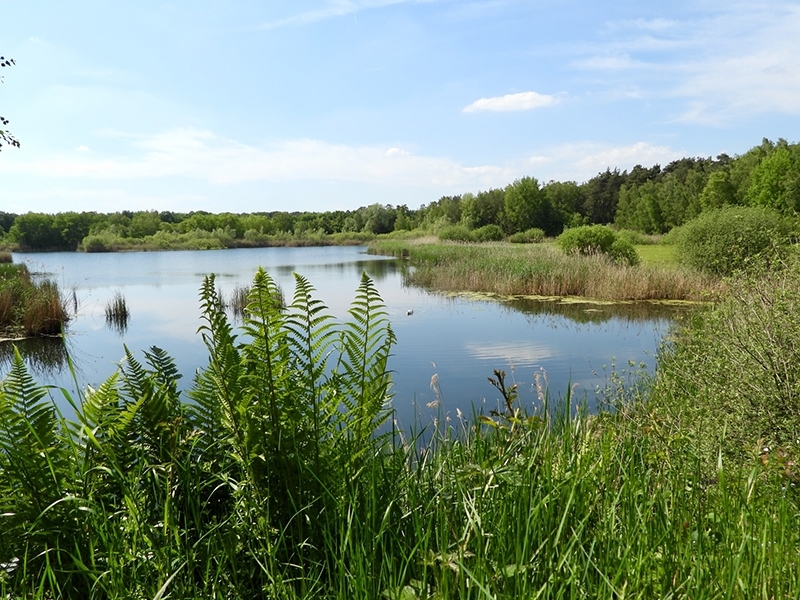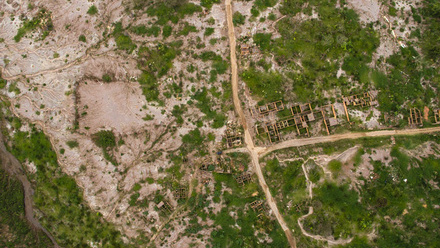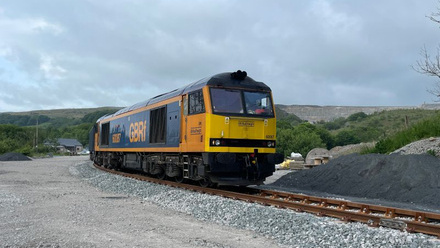Mitigation of impacts of mineral working
Mineral workings are diverse so it is important to fit planning and environmental regulation provisions to the scale and specific characteristics of each.

Scale of operations
Some mineral operations are large, but many others are medium to small in size and some, such a delves for roofing slates, simply take a material from a thin layer beneath the turf while other minerals are worked from underground mines. Oil is collected from wells by underground pressure and surface pumping equipment.
Impacts and mitigation
Extraction of minerals can have adverse effects on nearby communities and ecosystems amongst which are noise and dust from blasting, plant and vehicles.
Impacts can be reduced by measures such as careful design of sites to keep dust within the quarry and containment of plant, conveyors and loading points.
Visual intrusion
Poorly located quarries can cause visual intrusion, as can tips which are necessary to keep unsaleable material out of the area of the site in which extraction is taking place. In many cases the material can be used to infill the quarry void when the operation ends.
Surface and underground water
Quarries and mines that are worked below groundwater level are usually pumped dry, although some sand and gravel sites are worked wet. This can cause draw down of groundwater levels in adjacent land and changes to flow directions, with adverse effects on nearby vegetation, unless the process is controlled carefully.
Water from mineral sites may contain suspended solids and, if so, cannot be discharged immediately into surface water bodies. It is first stored in ponds so that the solids can settle out.
Stability of the ground
Quarry faces are dangerous places because of potential rock-fall. Large quarries are worked in a series of benches to reduce the risk of face failure and slippage.
Shallow underground mining can lead to subsidence of the ground if insufficient roof support is left or deteriorates with time. Modern mines are designed to avoid this so mining subsidence incidents are generally associated with long disused mines.
Deep mines and withdrawal of fluids is more likely to cause slight down-warping of the surface which is less likely to cause damage but can give rise to water-filled hollows. Again good design of operations can minimise effects.
Traffic
Heavy lorries can cause problems for other road users if they are poorly managed. The effects of mineral road traffic can be mitigated by making sure that safe accesses are constructed onto suitable highways and that vehicles are routed onto suitable roads, as well as using alternative bulk transport such as rail or sea where practicable.
Therefore a great deal can be done to reduce these effects through planning for extraction in appropriate locations and good site design and management. Also sites can be restored to a variety of beneficial uses when extraction comes to an end particularly if the industry, regulators and the public discuss and agree policies and proposals for extraction at an early stage and discuss problems when sites are operational.








